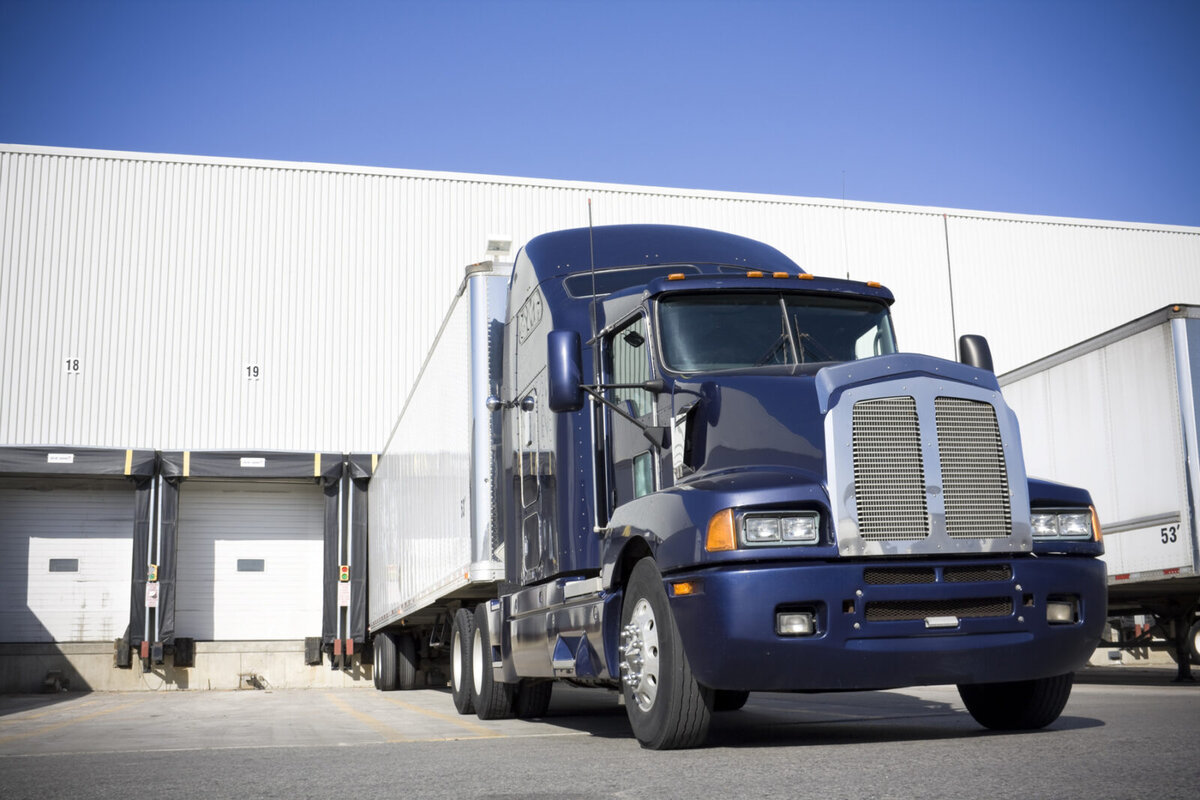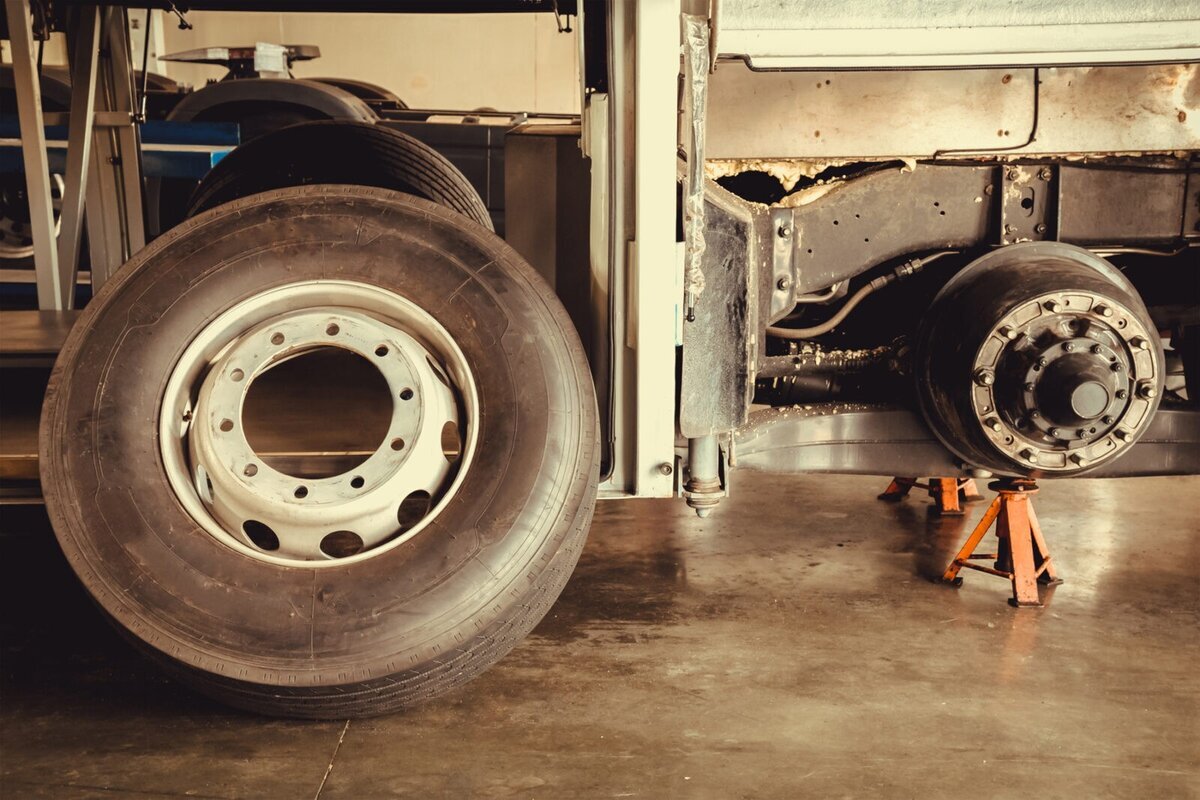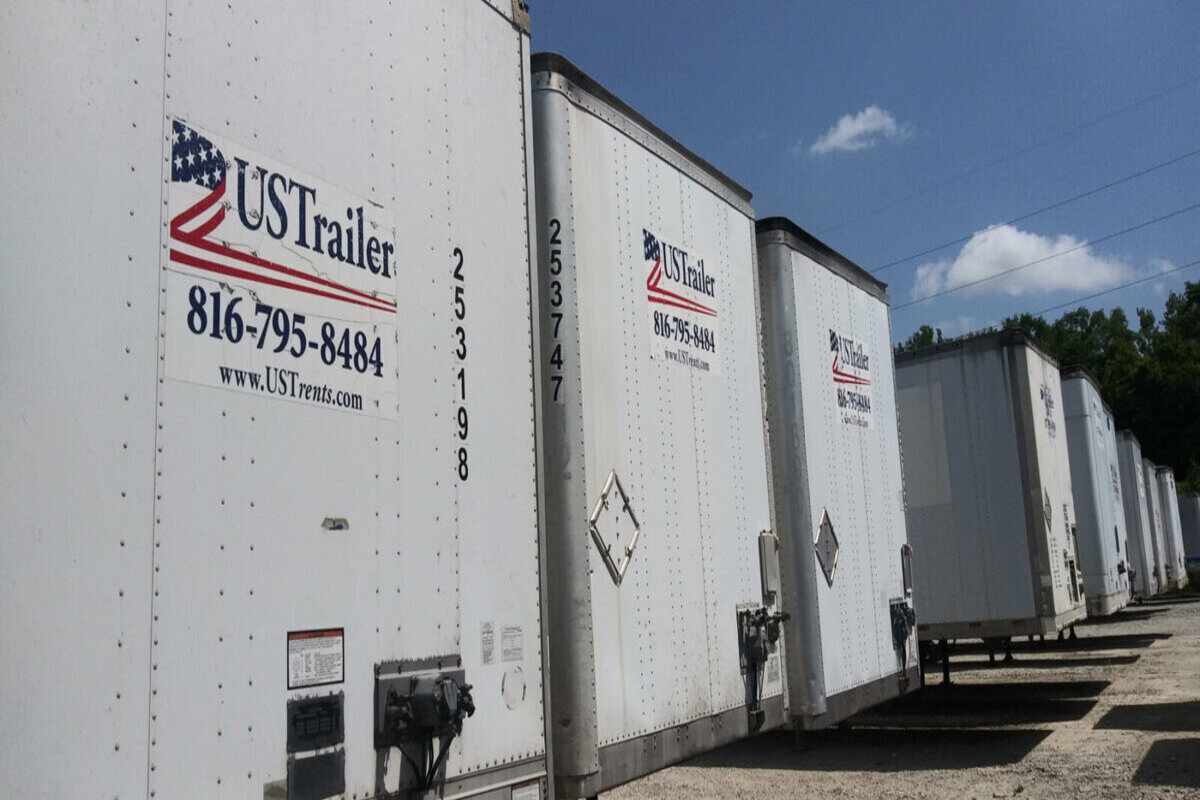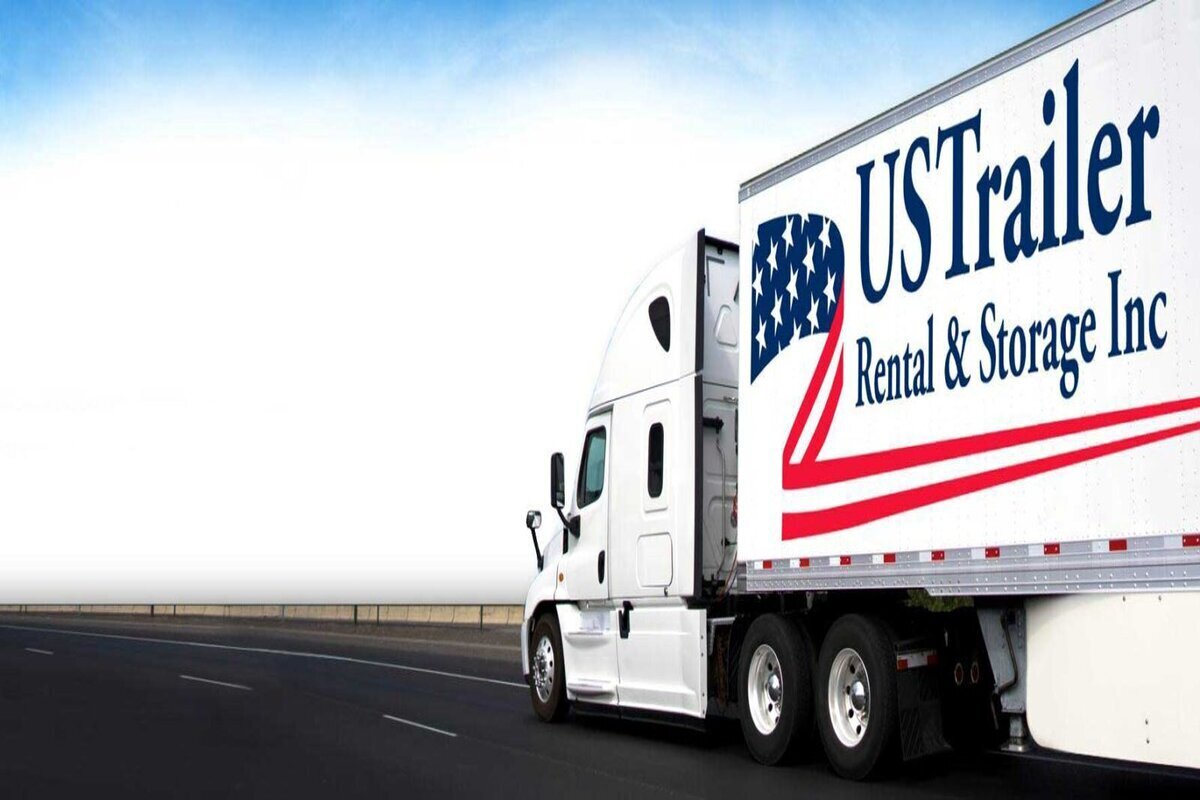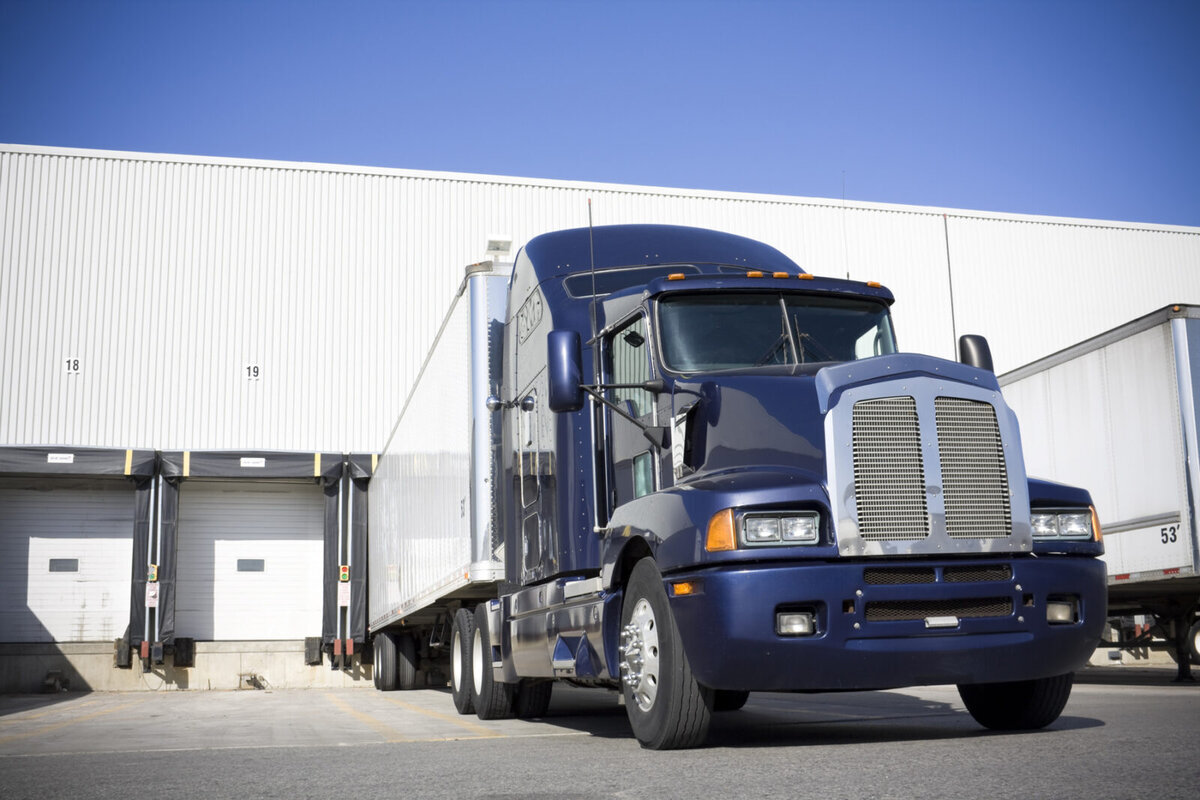In logistics, each movement or step, no matter how minor it might seem, plays a crucial role in ensuring that the dance proceeds smoothly. One such move, often overlooked but of immense importance, is drayage. For those unfamiliar with the term or its significance, this article sheds light on its nuances and its place within the broader scope of logistics.
What is Drayage?
In its simplest terms, drayage refers to the movement of goods over a short distance, especially in the context of shipping. This can encompass activities such as transferring goods from a port to a nearby warehouse or facilitating the exchange between different transportation modes—like moving cargo from a ship to a train.
The Significance of Short-Distance Transportation
Drayage, or the act of moving goods within the immediate vicinity of ports and terminals, serves as a vital link. It ensures the smooth transition of goods from international to domestic carriers, from ocean-bound vessels to land vehicles.
Delays or inefficiencies in this short-distance transportation can result in cascading effects throughout the supply chain. Speed and reliability in drayage operations can significantly influence the timely delivery of goods to their final destinations.
Understanding Drayage in the Context of Logistics
Facilitating Intermodal Transport
A unique aspect of drayage is its role in intermodal transportation, where cargo transitions between different forms of transport. By seamlessly moving goods, for instance, from a ship to a railway or truck, drayage services ensure that the broader logistics chain remains uninterrupted and efficient.
Addressing the Environmental Concerns
With increasing scrutiny on the environmental impact of logistics operations, modern drayage services are also evolving. Many providers now invest in eco-friendly vehicles and adopt sustainable practices to minimize carbon emissions and other environmental footprints.
Challenges and Innovations
Navigating Port Congestion
One of the primary challenges in short-distance cargo movement is port congestion. Delays can introduce bottlenecks, significantly hampering supply chain efficiency. However, with the integration of advanced tech solutions, many of these challenges are actively addressed. Real-time tracking, predictive analytics, and dynamic scheduling are some of the tools making waves in the drayage sector.
The Digital Revolution
The modern logistics landscape is in the midst of a digital transformation. With the incorporation of IoT (Internet of Things), AI (Artificial Intelligence), and other emerging technologies, drayage operations are becoming more streamlined, transparent, and efficient. These tools not only optimize routes and reduce transit times but also enhance the predictability and reliability of cargo movement.
Key Takeaways on Drayage’s Role in Logistics
Short-distance transportation, especially within the parameters of ports and terminals, is more than just a minor cog in the logistics machine. Its efficiency, reliability, and adaptability can profoundly influence the broader supply chain’s performance.
Understanding drayage goes beyond merely grasping its definition. It involves recognizing the complexities, challenges, and innovations that are continually shaping this sector.
Conclusion
As we’ve explored, drayage, though often overlooked, is a cornerstone of efficient logistics operations. Whether you’re a stakeholder in the industry or a curious observer, appreciating the nuances of drayage helps in understanding the larger, interconnected world of global commerce and transportation. If you have any questions, don’t hesitate to contact us. Our experts are always ready to answer any questions you may have.

